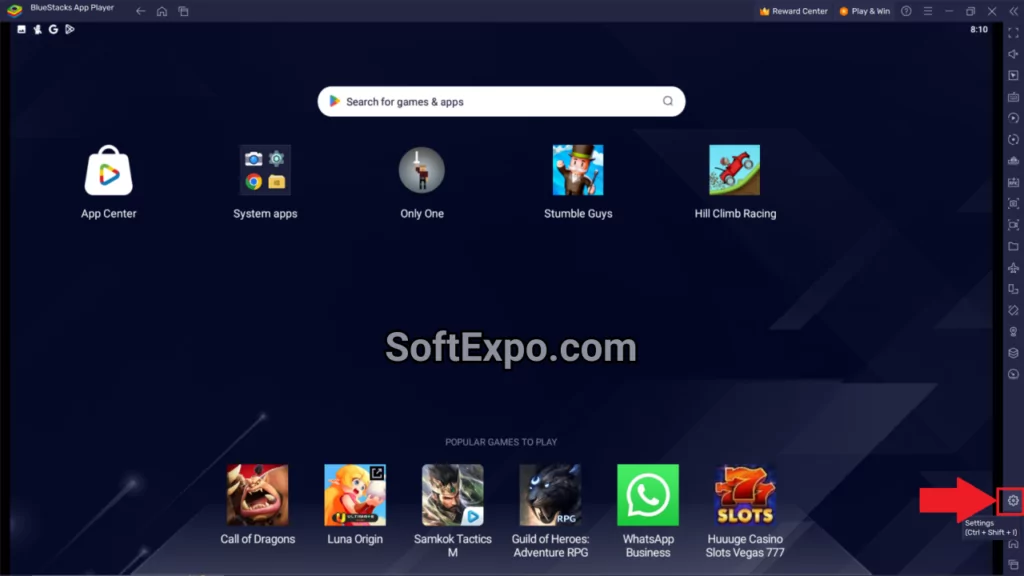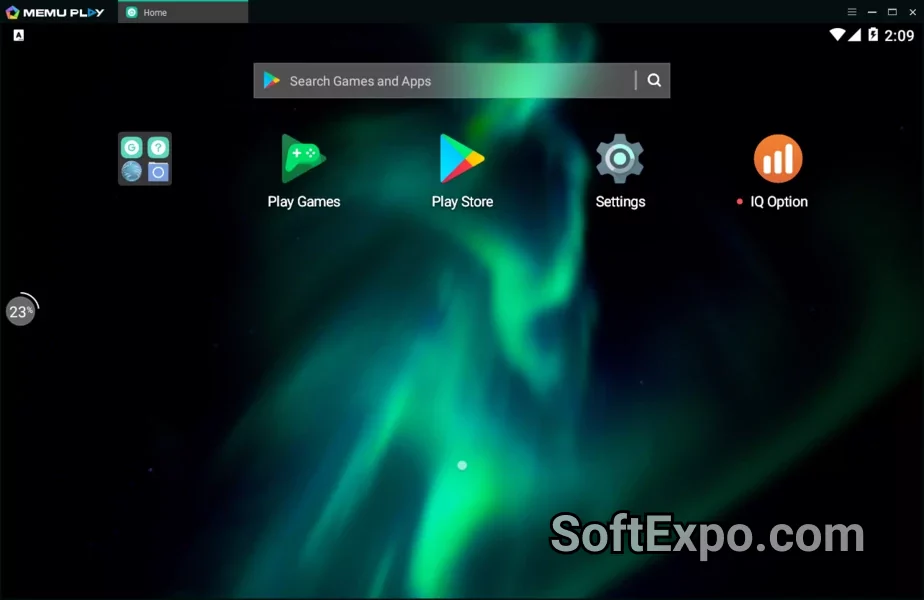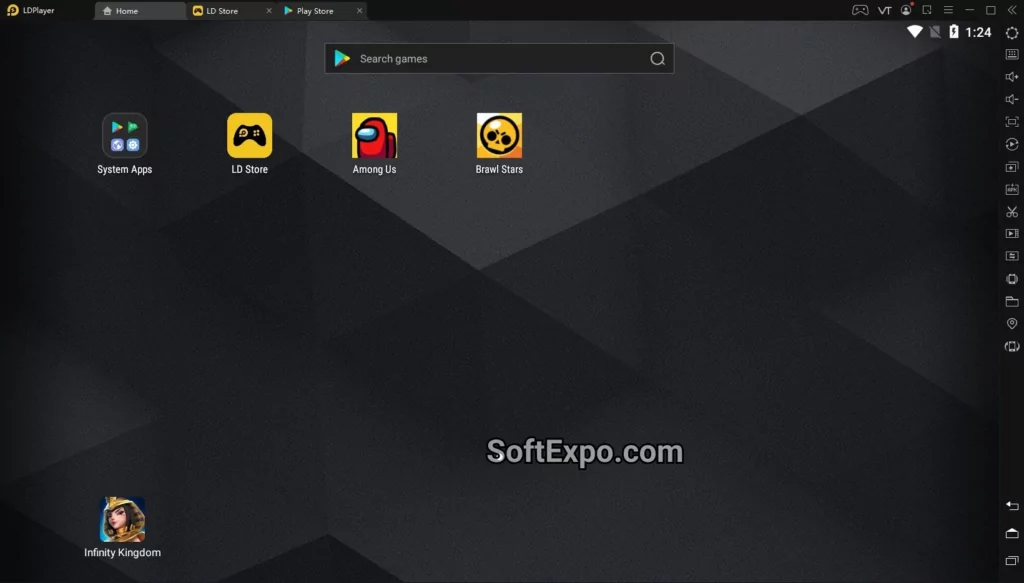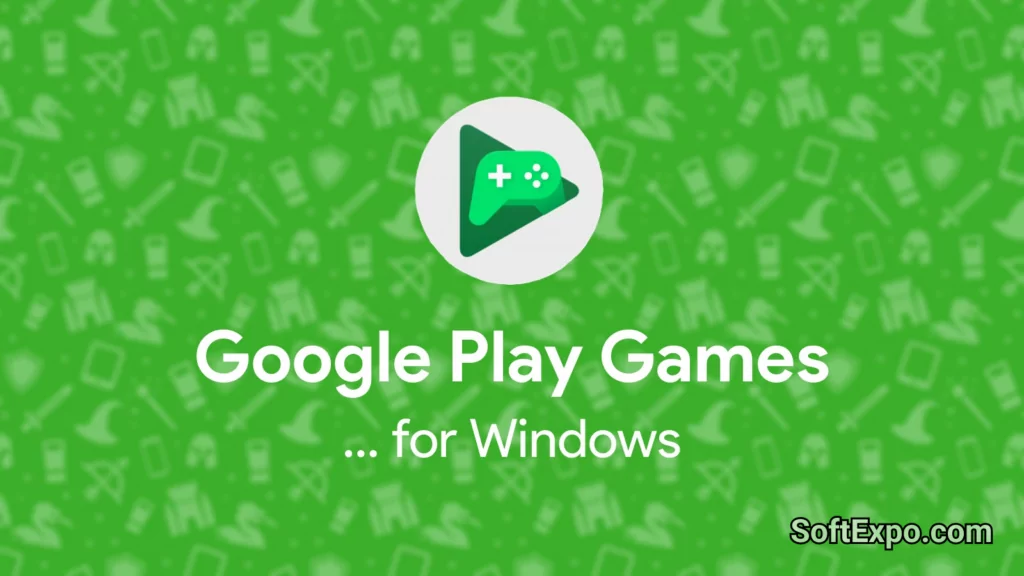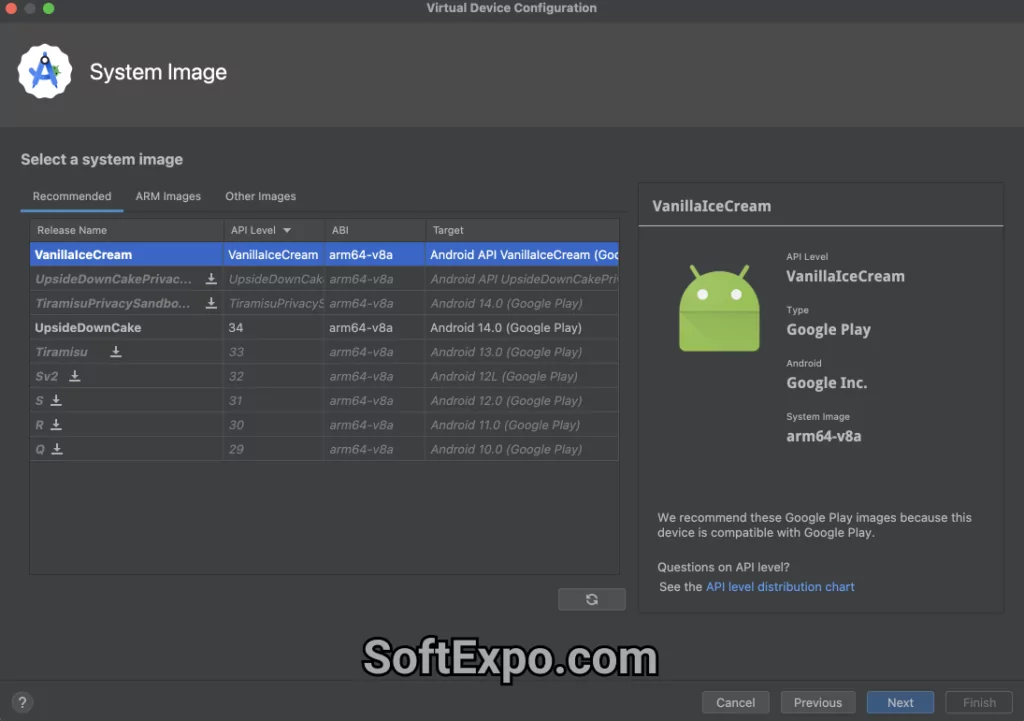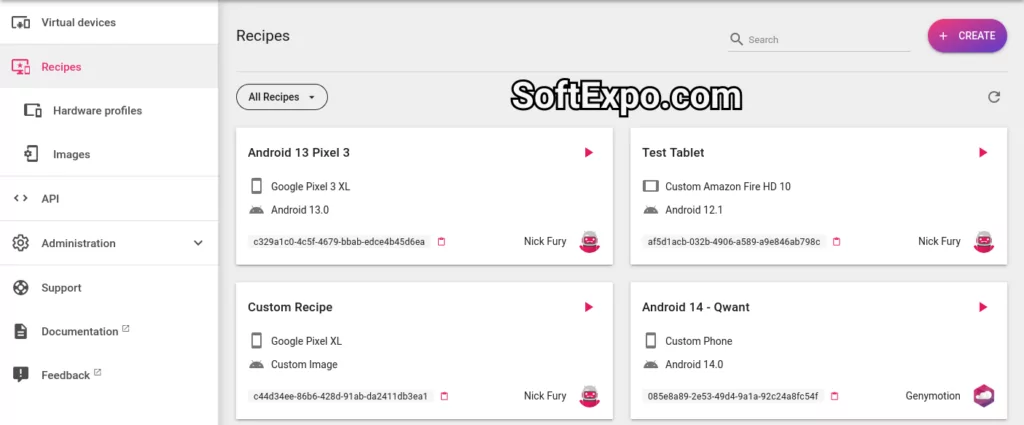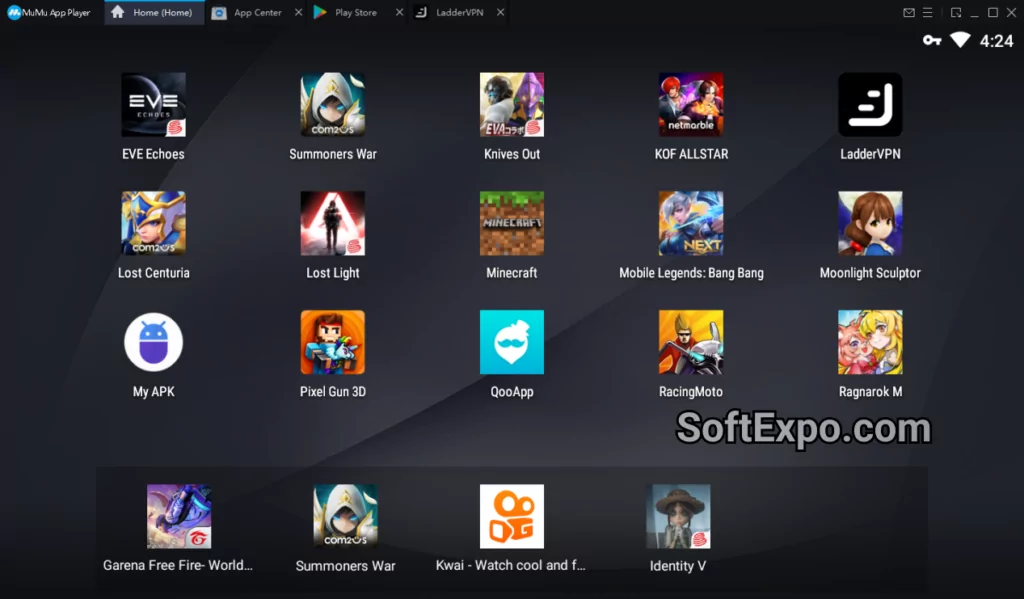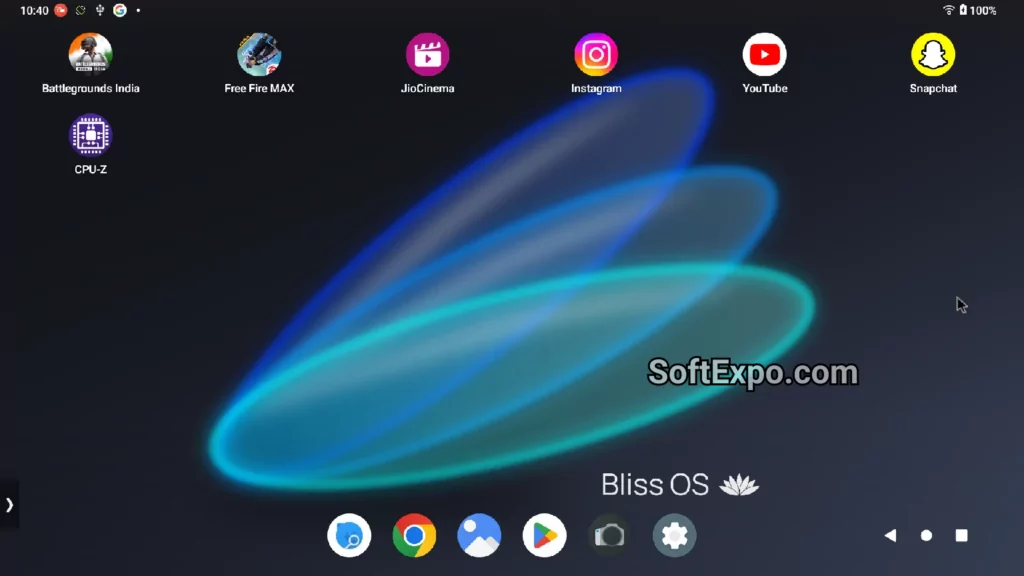Strategic Overview: Android Emulation Landscape in 2025
There has been a considerable change in the Android emulation ecosystem where the performance benchmarks have gone very high. Emulators of today provide native-like experience, with frame rates of over 240 FPS, and stability of the system. This in-depth discussion explores some of the best options of Nox App Player, based on actual performance indicators, compatibility checks, and workflow optimization plans.
Critical Decision Framework: Selecting Your Optimal Android Emulator
Performance Architecture Considerations
Modern Android emulators leverage advanced virtualization technologies, requiring careful evaluation of system resources and use-case alignment. Key selection criteria include:
Virtualization Support : Intel VT-x or AMD-V capabilityGPU Acceleration : OpenGL ES 3.0+ and Vulkan API supportMemory Management : Dynamic RAM allocation with 4-16GB recommendedStorage Architecture : NVMe SSD preferred for optimal APK loadingMulti-Instance Capability : Parallel emulation support for productivity workflows
Top-Tier Nox App Player Alternatives: Performance Analysis
1. BlueStacks 5.22: Industry Standard for Gaming Excellence
Technical Architecture : BlueStacks employs layered virtualization with hardware-accelerated graphics pipeline, delivering consistent 120+ FPS performance on mid-tier systems.
Core Advantages :
Android 13 stable implementation (March 2025 update)
Hybrid local/cloud execution via BlueStacks X
Advanced keymapping with macro recording
Multi-instance manager supporting 32+ concurrent sessions
Eco Mode reducing CPU usage by 87% during idle states
Performance Metrics :
1080p Gaming: 113 FPS minimum, 120 FPS average
Memory Footprint: 2.4GB baseline, 4-6GB under load
Boot Time: 18-22 seconds on NVMe storage
Optimal Use Cases : Mobile gaming enthusiasts, content creators requiring stable recording environments, cross-platform testing scenarios.
2. MEmu Play 9.2: Versatile Multi-Version Android Platform
Technical Implementation : MEmu utilizes custom kernel optimization with simultaneous Android 5/7/9 version support, enabling comprehensive app compatibility testing.
Distinguished Features :
Triple Android version switching without reinstallation
GPS simulation with route planning
Shared folder integration for seamless file transfer
Native APK drag-and-drop installation
Performance mode toggle for resource optimization
System Requirements :
Minimum: Dual-core CPU, 2GB RAM, DirectX 11
Recommended: Quad-core CPU, 8GB RAM, dedicated GPU
Strategic Applications : App developers requiring version-specific testing, power users managing multiple accounts, location-based app development.
3. LDPlayer 9: Gaming-Optimized Performance Engine
LDPlayer Architecture Overview
Performance Enhancements :
Multi-thread optimization for CPU-intensive games
Smart memory allocation preventing fragmentation
Frame prediction technology reducing input lag
Custom rendering pipeline for mobile MOBAs
Benchmark Results :
PUBG Mobile: 144 FPS stable at 2K resolution
Genshin Impact: 60 FPS with maximum graphics
Boot Optimization: 15-second cold start
Target Demographics : Competitive mobile gamers, streaming professionals, esports practitioners.
4. Google Play Games Beta: Official Android Gaming on PC
Integration Framework : Native Windows subsystem integration eliminating virtualization overhead, providing seamless Google account synchronization.
Unique Advantages :
Zero configuration setup process
Direct Play Store integration
Cross-device progression sync
Play Points accumulation on PC
Official support for 100+ optimized titles
Limitations :
Gaming-exclusive focus (no productivity apps)
Limited customization options
Windows 10/11 requirement
Implementation Strategy : Casual gamers prioritizing simplicity, users invested in Google ecosystem, cross-device progression requirements.
5. Android Studio Emulator: Developer-Centric Virtualization
Development Architecture : QEMU-based emulation with hardware abstraction layer, supporting comprehensive device profile simulation.
Professional Features :
AVD Manager with 50+ device configurations
Network condition simulation
Sensor emulation suite
ADB integration for debugging
Snapshot functionality for state preservation
Resource Requirements :
Development: 16GB RAM minimum
Testing: 8GB RAM, SSD storage
HAXM or WHPX acceleration mandatory
Application Scenarios : Professional app development, automated testing pipelines, API compatibility verification.
6. Genymotion Cloud: Enterprise-Grade Testing Infrastructure
Cloud Architecture : Scalable SaaS platform offering on-demand Android instances with global edge server distribution.
Enterprise Features :
Browser-based access eliminating local resource constraints
Parallel device testing across Android 4.1-12
Network throttling and condition simulation
CI/CD pipeline integration
Team collaboration tools
Pricing Structure :
Personal: Free tier with limitations
Professional: $136/month per user
Enterprise: Custom pricing
Deployment Scenarios : QA teams, enterprise testing, remote development environments, cross-regional app validation.
7. MuMu Player 12: Emerging High-Performance Contender
Technical Innovation : NetEase-developed engine with 240+ FPS support, featuring intelligent resource allocation and reduced memory footprint.
Standout Capabilities :
Industry-leading frame rate optimization
Minimal 1.8GB memory baseline
Android 12 default with backward compatibility
Built-in screen recording with streaming integration
Performance Validation :
30% lower CPU usage versus competitors
Native controller support with customizable profiles
Sub-10ms input latency
Strategic Positioning : Performance-focused gamers, resource-constrained systems, streaming content creators.
8. Bliss OS 18.5: Bare-Metal Android Experience
Bliss OS System Architecture
Advanced Features :
Android 15 implementation (April 2025)
Pre-rooted with Magisk integration
Desktop mode with windowed applications
Hardware passthrough for peripherals
Installation Options :
Dual-boot configuration
Virtual machine deployment
USB live environment
Use Case Alignment : Android enthusiasts, hardware repurposing projects, development testing environments.
Specialized Solutions for Niche Requirements
Lightweight Alternatives
KoPlayer 2.0 : Maintains Android 7.1 compatibility for legacy applications, requiring only 4GB RAM for stable operation.
Andy OS : Cross-platform solution with cloud synchronization, suitable for basic app usage and testing scenarios.
Platform-Specific Options
WayDroid : Linux-exclusive container-based solution utilizing native kernel integration for superior performance.
BlueStacks Air : Apple Silicon optimization for M1/M2 Macs, delivering 60 FPS gaming without Rosetta translation.
Performance Optimization Strategies
System Configuration Best Practices
Enable Hardware Virtualization : Access BIOS/UEFI settings to activate VT-x/AMD-VAllocate Dedicated Resources : Reserve 4-8GB RAM for emulator instancesGraphics Optimization : Configure dedicated GPU usage in emulator settingsStorage Management : Install emulators on SSD with 50GB+ free space
Multi-Instance Workflow Optimization
Implement instance templates for rapid deployment
Configure CPU affinity for balanced resource distribution
Utilize shared folders for centralized file management
Enable snapshot functionality for state preservation
Migration Strategy from Nox App Player
Data Transfer Protocol
Export app data using ADB backup commands
Document custom keymapping configurations
Screenshot macro sequences for recreation
Transfer APK files to new emulator environment
Compatibility Verification
Test critical applications in new environment
Validate GPS-dependent functionality
Confirm multi-instance requirements
Verify graphics rendering accuracy
Security Considerations and Best Practices
Privacy Protection Measures
Utilize isolated instances for sensitive applications
Implement VPN configuration within emulator
Disable unnecessary permissions and telemetry
Regular security updates and patch management
Performance Monitoring
CPU/GPU usage tracking via Task Manager
Memory leak detection through extended usage
Frame time analysis for gaming optimization
Network latency measurement for online applications
Future-Proofing Your Emulation Setup
Emerging Technologies
ARM Translation Layer : Windows on ARM compatibility improvementsAI-Enhanced Performance : Predictive resource allocationCloud Gaming Integration : Hybrid local/remote executionWebAssembly Runtime : Browser-based emulation advancement
Industry Trends 2025-2026
Increased focus on privacy-first emulation
Native Apple Silicon support expansion
Enhanced multi-display configurations
Improved controller and peripheral support
Decision Matrix: Quick Reference Guide
Emulator Best For Performance Free Tier Root Access BlueStacks 5 Gaming Excellent Yes (with ads) Optional MEmu Play Versatility Very Good Yes Yes LDPlayer 9 Competitive Gaming Outstanding Yes Yes Google Play Games Casual Gaming Good Yes No Android Studio Development Variable Yes Yes Genymotion Enterprise Testing Excellent Limited Yes MuMu Player High FPS Gaming Outstanding Yes Yes Bliss OS Full Android OS Excellent Yes Yes
Conclusion: Strategic Implementation Recommendations
When choosing the best Nox App Player alternative one must take into consideration the performance needs, capabilities of the system, and the cases of its application. All-round gaming with 120 FPS at 1080p continues to be the game of BlueStacks and frame intensive shooters with LDPlayer 9. Android Studio has the best development integration that developers enjoy, and Genymotion has the benefit of cloud infrastructure that enables enterprises to test on a large scale.
Frequent performance monitoring and keeping up with the updates made on the emulator is the key to the best Android emulation experience over 2025 and further. Android emulation also remains in a state of development, as its performance gains and feature additions keep on progressively blurring the distinction between PC-based Android use and real life mobile use.
